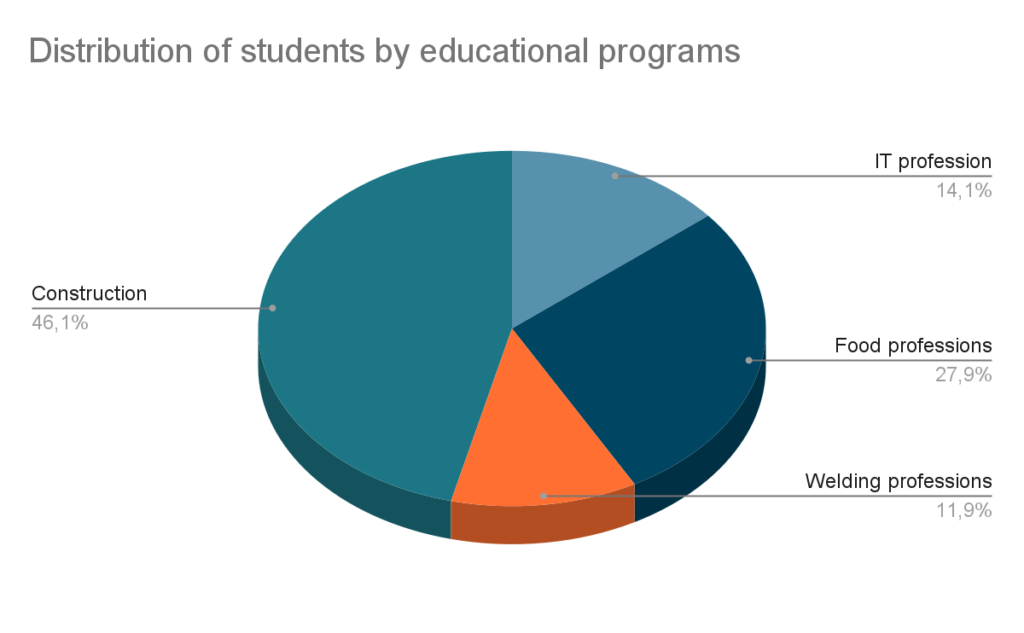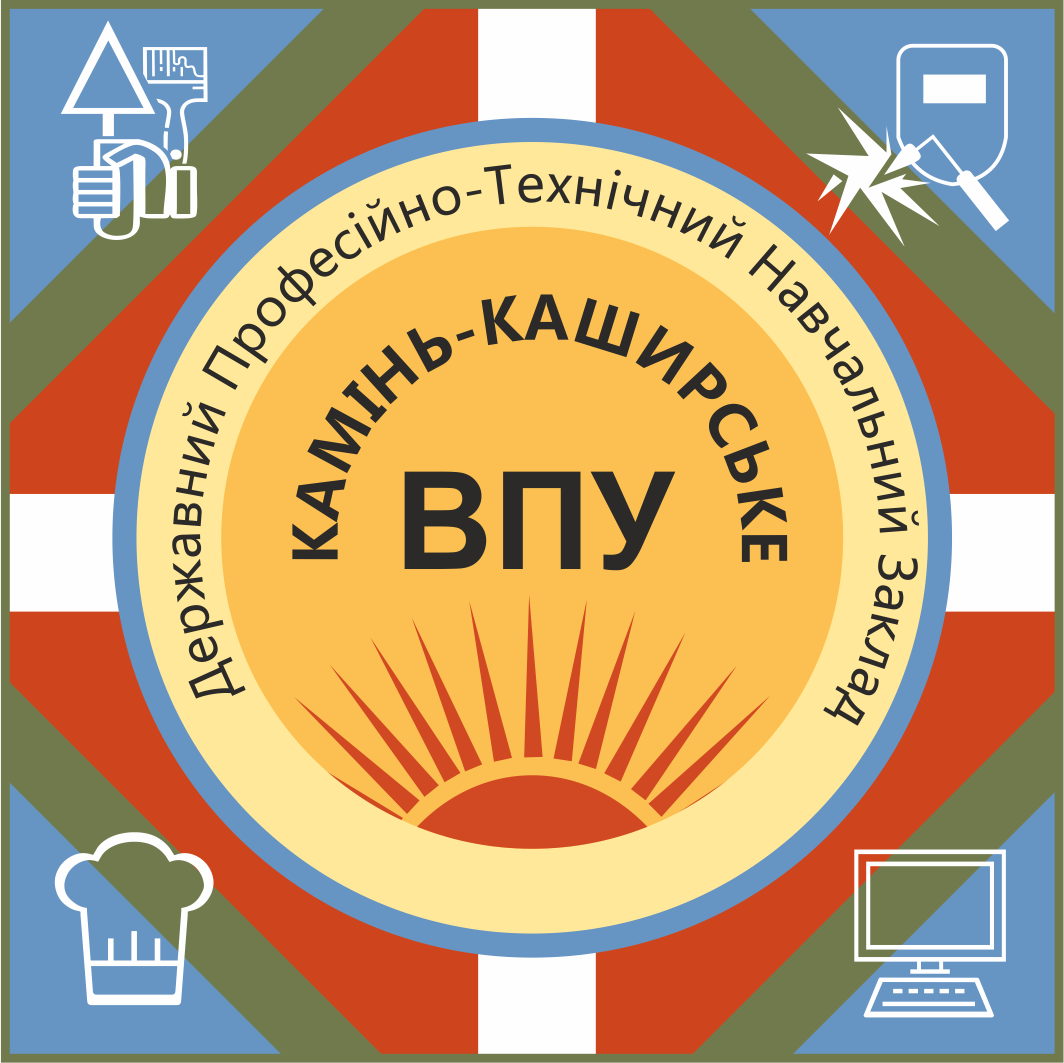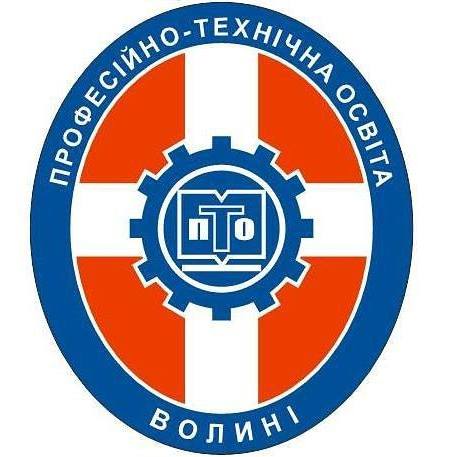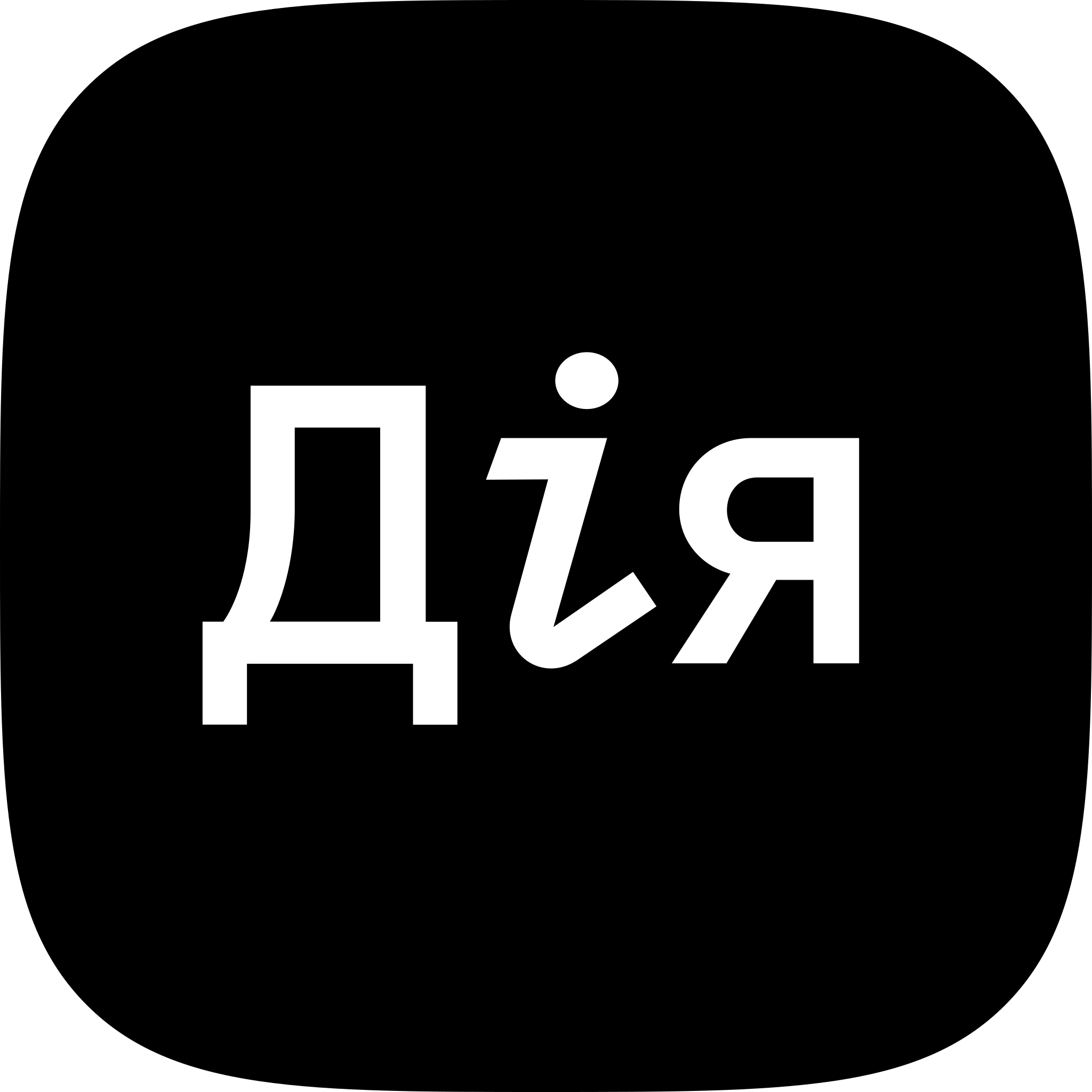International Cooperation
About us
The Kamin-Kashyrskyi Higher Vocational School was founded in 1965 and was reorganized and modernized over the years of its existence.
The VET institution is a complex of buildings intended for educational and extracurricular activities of students. The VET institution has an educational building, a building of educational and production workshops, an educational and residential building, a dormitory, and a sports stadium. The Kamin-Kashyrskyi Higher Vocational School has 2 modern training-practical centres: a centre for food technologies and a centres for training welders.
Statute of the VET institution
Licences for educational activities
Regulation on the Implementation of International Projects, Grants, and Agreements
Contacts
Our address: 44 Volia Street, Kamin-Kashyrskyi, Volyn region, 44501, Ukraine
E-mail: kamvpu@i.ua
Director: Anatolii Korinchuk
Contact persons:
Nataliia Voitusik, Methodist, coordinator of international cooperation, natasham15@ukr.net +380969128703 (Telegram, Messenger, Viber)
Nataliia Firchuk, English teacher, +38098549534 (Telegram, Messenger)
Educational activity
The Kamin-Kashyrskyi Higher Vocational School provides training for the following professions:
- Cook
- Confectioner
- Bricklayer
- Plasterer
- Painter
- Tiler
- Welder
- Information and software processing operator
The VET institution trains professional junior bachelors in the field of “Construction and Civil Engineering“.
The institution includes various types of professional training: initial professional training, retraining, advanced training, and internship.
Teaching Staff
The Kamin-Kashyrskyi Higher Vocational School employs 70 teaching staff. These are experienced and motivated teachers. More than half of the teaching staff have teaching titles, 1 teacher has the degree of Candidate of Physical and Mathematical Sciences. 20 teachers have experience of participation in international projects, international mobility.
Students
About 550 students receive their education at the institution annually.

Student self-government is active, thematic holidays, sports competitions, entertainment events, professional competitions, exhibitions, master classes, etc. are held.
International projects
| Period | Name | Results |
| 2015 – 2017 | Improving Vocational Training System according to the needs of Volyn sub regional economy | An educational and practical center for the training of welders has been created. |
| 2016 – 2018 | Estonia’s experience in helping vocational education reforms in Ukraine. Volyn region | A modular training program for the profession “Welder” was developed. more |
| 2018 – 2020 | Sharing Estonian experience to support Ukrainian vocational education reforms | The development strategy of the Kamin-Kashyrskyi higher vocational school was developed. more |
| 2018 – 2026 | Cooperation with the Valga county Vocational Training Center | 7 students from the profession of cook, 16 students from the profession of welder and 17 teachers completed internships at the Valga county Vocational Training Center. A cooperation agreement was concluded. |
| 2023 – 2024 | Development of labor potential for Ukraine | With the funds of the project, the institution provided professional training for 10 school cooks according to the educational module “School nutrition” more |
| 2024 | Building back better through social entrepreneurship | 8 students mastered the “Social Entrepreneurship” training course, developed and presented a business plan, became finalists of the nationwide business plan competition. more Project webpage |
| 2024 – 2025 | Support for the modernization of the Ukrainian education system in Western Ukraine | Educational seminars on writing projects were held. |
Promising directions
Today, the VET institution’s priority areas of activity are:
- informatization of the educational process and digitization;
- development and implementation of new educational programs, in particular, short-term ones;
- modernization of the educational base for the training of specialists in construction professions;
- introduction of energy-saving and energy-efficient technologies;
- creation of an inclusive educational environment in the VET institution;
- introduction of new professions, creation of a base for their training;
- modernization of the dormitory.







